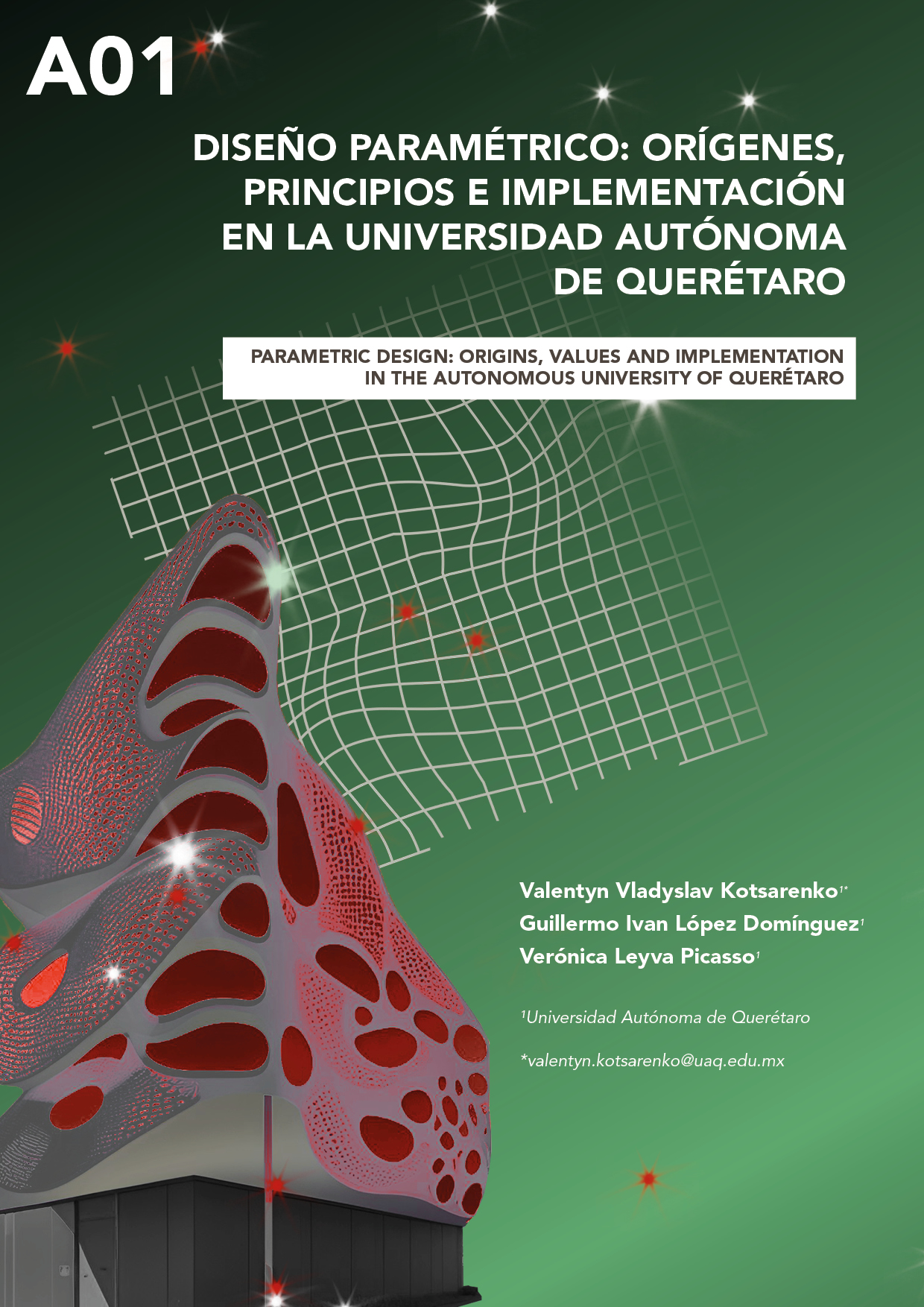Abstract
Technological progress and digitalization present new opportunities in different professional fields such as architectural design, and among the different emerging technologies of the last decades, the topics of parametric and generative design stand out. This paper aims to explore the origins, definitions, influential concepts among other aspects related to parametric and generative design in support of additional tools, seeking not only to comment on the ideas that lead to a way of thinking and designing, but also to explore the outstanding digital tools as well as the evolution in the role of the designer. In addition, the cases of implementation of these tools at the University of Granada, University of Monterrey and University of the Basque Country are explored and analyzed, in order to concretize the implementation of these concepts in the context of the Autonomous University of Queretaro; which is carried out through the implementation of a diploma consisting of 5 modules with different approaches and objectives, in which 30 participants took part completing and materializing 2 parametric prototypes as well as evidencing their experience through a feedback that presents implementation parameters in the relative context. While the instruments explored represent a significant evolution and impetus for the design process, the experimental implementation carried out in the UAQ context leaves a positive outlook and opportunity for continued testing in future educational programs.

This work is licensed under a Creative Commons Attribution-NonCommercial-ShareAlike 4.0 International License.
Copyright (c) 2023 SketchIN


